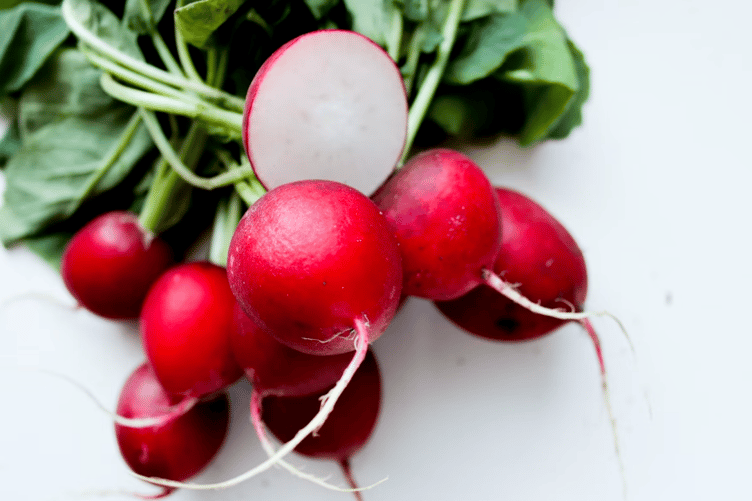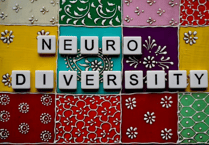A NEW study shows for the first time that some of the tiniest plastic particles found in the environment can be absorbed into the edible sections of crops during the growing process.
The research used radishes to demonstrate, for the first time, that nanoplastics – some measuring as little as one millionth of a centimetre in diameter – can enter the roots, before spreading and accumulating into the edible parts of the plant.
The researchers say the findings reveal another potential pathway for humans and animals to unintentionally consume nanoplastics and other particles and fibres that are increasingly present in the environment.
It also underscores the need for further research to investigate what is an emerging food safety issue, and the precise impacts it could have on environmental and human health.
The study – published in the journal Environmental Research – involved experts in plant science, environmental chemistry and plastic pollution from the University of Plymouth.
It applied similar techniques to those previously used by the team to demonstrate the rapid uptake of plastic nanoparticles by commercially important species of molluscs and fish, adding evidence that these particles can move and build up throughout the food chain.
Dr Nathaniel Clark, Lecturer in Physiology, said: ‘This is the first time a study has demonstrated nanoplastic particles could get beyond that barrier, with the potential for them to accumulate within plants and be passed on to anything that consumes them.
‘There is no reason to believe this is unique to this vegetable, with the clear possibility that nanoplastics are being absorbed into various types of produce being grown all over the world’.
For the new research, scientists placed radishes in a hydroponic growing system, with the plant’s non-fleshy roots in contact with a solution of polystyrene nanoparticles that contained radiolabeled carbon.
After five days, they examined how far into the plant the particles had penetrated, finding that nearly five per cent of those originally in the solution had been retained by the root system – amounting to millions of nano-plastics entering the crop.
Of those particles, around a quarter had made their way into the edible fleshy roots, while ten per cent had accumulated in the leaves.
Professor Richard Thompson OBE FRS, Director of the Marine Institute, said: ‘To some extent, these findings shouldn’t be a surprise – after all, in all our previous work we have found microplastic pollution everywhere we have looked for it.
‘However, this study provides clear evidence that particles in the environment can accumulate not only in seafood but also in vegetables.
‘This work forms part of our growing understanding on accumulation, and the potentially harmful effects of micro and nanoparticles on human health’.
• The full study – Clark et al: Determining the accumulation potential of nanoplastics in crops: An investigation of 14C-labelled polystyrene nanoplastic into radishes – is published in Environmental Research, DOI: 10.1016/j.envres.2025.122687.
It was supported by a grant from the Seale-Hayne Educational Trust (SHET)





Comments
This article has no comments yet. Be the first to leave a comment.